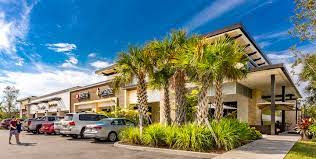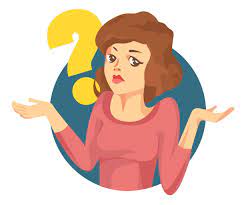Genre Research: Horror
Hey lovelies! Nice to see you again. After going through romance, I decided we needed a bit of a switch up and look into horror where things get a bit more interesting.
There are many camera angles, shots and movements in the horror genre. Extreme close-ups, tracking shots, wide shots, and perspective shots are frequently used in horror film cinematography. Because it tilts a picture to one side off its horizon, the Dutch angle, also known as the oblique angle, is a go-to horror angle. This particular camera perspective can add a weird or terrifying atmosphere to a scenario where the structured shots preceding and following it already feel unnatural.
Lighting, costumes and setting are very crucial in making horror films. Horror movies are the main uses for low-key lighting because of the effects it produces. The moody color and shadows produced by this lighting are appropriate for the horror genre; it builds suspense by managing the amount of the characters' and setting's darkness and mystery. Horror films frequently use a particular location to establish the tone and produce a satisfying shock. Small towns, the middle of the woods, or standard buildings like hotels or shops are usually included in these locales. Psychological fear, gore, witchcraft, apocalypses, paranormal forces, ghosts, ghouls, monsters, vampires, werewolves, demons, zombies, murderers, serial killers, and gore are main themes that provide a lot of costumes and make up professionals to make it look so real.
Editing makes the movie horror! Start the scene early with some gruesome or terrifying title and intro animations if you want to present your horror projects in the best (or darkest) light possible as soon as feasible. Position of Shot placement is crucial for creating a sense of mystery and tension throughout the movie. Either follow events chronologically, or slightly reorder the timeline to give the impression that the audience must solve the puzzle on their own.




Comments
Post a Comment